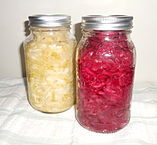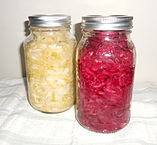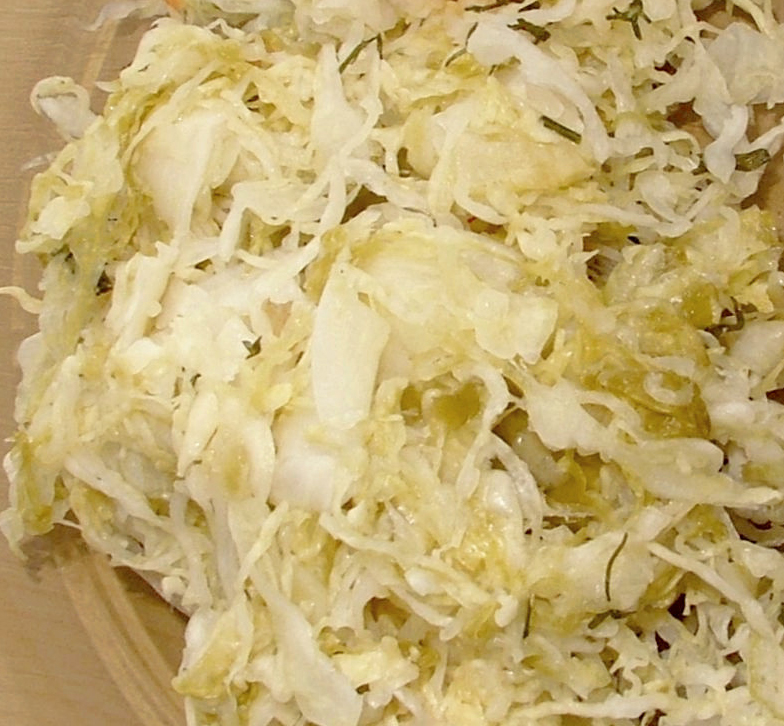3 Tips for Eating Ferments Without Regretting It: #3 Brine Shots!
 Monday, July 27, 2015 at 6:02PM
Monday, July 27, 2015 at 6:02PM Tip #3: Brine shots anyone?
I've shared my sauerkraut recipe, plus two important tips (here's #1 and here's #2) for eating ferments like kraut without regretting it. Here is your third and final additional tip with a simple 2-3 ingredient recipe to help make life-giving ferments a staple in your life.
For some folks who are dealing with more severe gut and overall health challenges, it may be best to start with fermented sauerkraut juice and skip the roughage (cabbage) for a period of time, depending on your particular health concerns and the severity of your issues. Sauerkraut juice is also an excellent tonic for those suffering from sluggish bowels, This includes the common perception of constipation in which no stool moves from the bowel for a day or longer (a serious bowel health issue to remedy) as well as some version of the more typical scenario in which only a small amount of stool is passed and the individual does not feel fully evacuated. In conjunction with acupuncture, other dietary, lifestyle, and supplement recommendations, I repeatedly hear many reports back from happy patients that microbial rich sauerkraut juice helped them regulate their bowels.
Making Sauerkraut Juice
Ingredients:
- 1 organic, medium/large green cabbage
- 1 TBL sea salt
- 1 TBL sauerkraut juice from a previous homemade or store bought batch of authentically prepared sauerkraut (optional, but definitely recommended if you have it)
Special Equipment:
Juicer (see Notes below)
Preparation:
- Core and chop cabbage into pieces that will easily fit through your juicer.
- Juice the cabbage pieces.
- Stir in one tablespoon of sea salt (or a little less if the cabbage wasn’t that large), to taste. I use Real Salt (read more about salt choices here).
- Stir in optional sauerkraut juice from an older batch to get a faster ferment since the bacteria from the previous batch act as an inoculant to kick the party off. This serves to protect your ferment and works great when you are in a hurry to get some delicious sauerkraut juice.
- Leave on the counter for a few days (temperature dependent) until it starts to smell like regular fermented sauerkraut.
- Refrigerate. The flavor improves over time and the sauerkraut juice will last many months in your refrigerator or cool cellar.
- Bottoms up! See last note below…
Notes:
- I have some patients who do not have a juicer who have told me they simply dump the sauerkraut out of a jar (homemade or store bought) into their blender and pulverize it into a mush. They then pour this slurry into a medium sized metal strainer and use a wooden spoon to mash as much juice out of the slurry as possible. Bam, sauerkraut juice! The remaining pulp can be eaten by other, less sensitive family members (including some canine or feline family members) and incorporated into foods in all sorts of ways. My favorite is in some properly prepared grain free crackers.
- If you have bowel regulation issues (too sluggish, too loose, or marked fluctuations, abdominal discomfort or pain, etc.) schedule an appointment with me so you can get that turned around.
- If you tend toward loose stools already, proceed with caution in consuming sauerkraut or sauerkraut juice since the billions of microorganisms in the fermented brine will likely get things moving in your gut. This is a highly medicinal food and needs to be treated as such. Enjoy responsibly.











